Flag Policy Sparks Discourse in the Marian Community
School President Wants Classroom Walls to be ‘Neutral’ to Welcome All
October 26, 2022
Marian Catholic President Vince Krydynski has directed flags and symbols that represent and affirm LGBTQ+ persons, African Americans and police officers and their families be banned within classrooms in the pursuit of neutrality. Krydynski’s directive has ignited a controversy that continues to be hotly debated among members of the Marian community.
Flags, signs and banners that include a Rainbow flag, the phrase “Black Lives Matter” and other identity movements have been targeted for removal as part of a decision, Krydynski said, was finalized after extensive conversations with teachers.
Krydynski states that the reason for this decision was to promote an inclusive learning space and ensure that Marian students who may feel uneasy and uncomfortable or conflicted by such flags are able to have a respite from issues hotly debated within our society.
Addition Through Subtraction?
“One of the things I’ve asked our faculty and staff to do is really make our classrooms very neutral.” Krydynski said, “No student should walk into a classroom knowing where a faculty or staff member comes from because of what they have posted on their walls.”
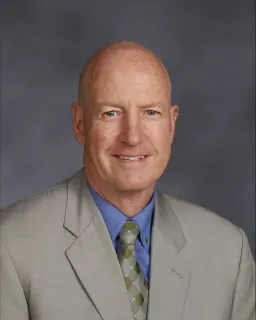
However, Math teacher and Class of 2002 alumna, Mrs. Russell said she is concerned that school administration is not viewing what their ruling means from a student’s perspective.
“The actions of having to take down these symbols from an admin perspective is to create a neutral environment for all students, but admin is not seeing from a student’s perspective which is making students who felt welcomed previously feel like they are being shoved to the side and unwelcomed.”
Students who hold this perspective, spoke to The Spartan Star.
“This is so disrespectful and the complete opposite of what they hope to achieve,” said Sophomore Indigo Woods. Woods is a member of Marian’s Black Student Union (BSU) and Safe Place, a group that supports LGBTQ+ students and staff.
“People in this school already felt not as free to express themselves around teachers, including myself,” Woods said. “Taking down the flags sends a negative message rather than a positive one.”
Senior Alana Canino said that Krydynski is sending a different message than what he said is intended.
“These flags are important to me because the climate in this country has changed drastically since my freshman year,” Canino said. “As a senior, I want everyone to see that while the outside world may be full of discrimination, the classroom is place to change that.”
The Theological Debate?
For thousands of years, symbols and their multitude of interpretations have helped bind communities together. The possibility of endless depictions has and continues to spark questions, self-analysis, and encourage conversations to broaden our worldview.
In a theological sense, symbols have helped create a sense of participation and a better understanding of our relationships with others worldly and spiritually.
As humans evolve through these conversations, so do their interpretations of these symbols.
In Christianity, the crucifix has become a prime example of this.
In a recent U.S. Catholic magazine article written by former Marian Catholic theology teacher, Kevin Considine, Ph.D., he explains how during early Christianity, the crucifix was a symbol of terror but as the religion evolved, so did the symbol, turning it into what it is now: a symbol for liberation.
“As a symbol of death, terrorism, and Roman supremacy, the cross eventually had to be reinterpreted to mean something different,” Considine wrote in the June 27 article.
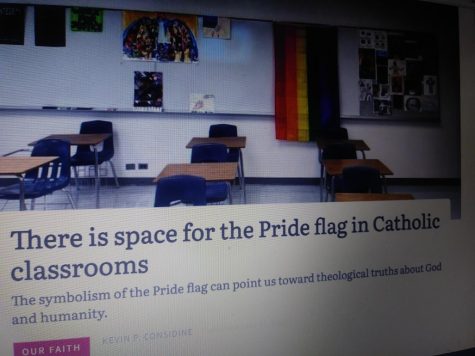
“In contemporary Christianity, the cross holds a surplus of meanings, often paradoxical: death and life, oppression and liberation,” Considine wrote.
The professor also explained how his goal of hanging up an LGBTQ+ Pride flag in his theology class was not to indoctrinate students into a way of thinking but to promote a learning environment where everyone feels welcome as well as spark students to question bias.
“As a teacher, I was simply trying to encourage discussion, introspection, questions, and a curiosity in my students and to challenge them to examine any biases about the limits of God’s infinite love,” Considine wrote.
“I have little doubt that some students dreaded seeing it, some were reassured by it that God truly does care for everyone, and others felt quietly “seen” and validated in God’s presence because of it.”
While Krydynski acknowledges that there is more than one way to view the matter, he states that theologically, the issue is still being debated.
During the interview, Krydynski pointed out the work of Father James Martin, a Jesuit priest, who recently met with Pope Francis to discuss LGBTQ issues. Martin is the author of the 2017 book “Building a Bridge: How the Catholic Church and the LGBT Community Can Enter into a Relationship of Respect.”
In a Religious News Service article dated June 27, 2021, Pope Francis described Martin’s work as “imitating the ‘style of God’.”
In contrast to Considine’s approach, Krydynski said, there is not a consensus on the former Marian teacher’s “interpretation” how to move forward.
“Father Martin, who’s a strong Catholic priest, a strong advocate of the LGBTQ community, he even says, he comes on and says,” Krydynski said, “Listen, even within that community, they don’t have an agreement as to what the flag means, the pride flag. Some say it means inclusion. Some say no. It’s regarding sexual identity. So even within the community, there’s a disagreement with regards to it.”
While Krydynski said he understood other ways of looking at the issue, the school president said, “We have 830 students here. How do I make sure that 830 people see themselves in something.”
Krydynski said, “For me, I’m here to protect every single student and every single adult in this building.”
Marian Catholic teachers have hung symbols representing LGBTQ+ and other social justice movements like Black Lives Matter within their classrooms for years. Their expressions of support have created safe spaces that allow young students to comfortably express who they are as well as safe havens for students experiencing prejudice within their communities and at home.
The removal of these images leaves two symbols in every classroom: the crucifix and the American flag.
While clearly the crucifix is undeniably part of the school’s name and identity, the history of the other symbol can be debated.
“I do not feel that simply having a crucifix and an American flag in the classroom lets me know that I am valued and welcomed as part of the Marian community,” said BSU President Ari Lewis.
“Knowing that some teachers value these social issues that directly affect the student body, can make students feel comfortable in that space,” Lewis said.
Diversity, Equity and Inclusion?
At the start of the year, it appeared that celebrating – or at least acknowledging – the diversity of Marian, promoting equity and encouraging inclusion would be priorities at the school.
In an interview with The Spartan Star, Krydynski defended his actions by taking credit for starting a DEI (Diversity, Equity and Inclusion) Council at Marian Catholic. But just like this flag directive, the status of that group seems to be in question.
What remains of the DEI Council is a shadow of the group assembled at the start of the school year.
Since Krydynski wrote the first of two emails, initially proposing a change, five members of that DEI council have resigned including three faculty members: Mrs. Loris, World Languages department chair, Ms. Pasyk, a theology teacher and an alumna, Class of 1992, and most recently Mr. Zerante, science teacher and an alum of Class of 2002. Two non-staff alumnae also resigned and issued a statement as to why they could no longer remain as part of that group.
Pasyk told The Spartan Star that the council’s direction may result in initiating division among students and faculty.
“In the long run,” Pasyk said. “it creates a distrust between students and faculty and students and admin.”
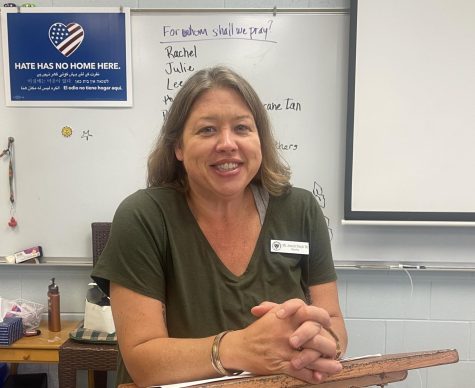
Beyond being divisive, many teachers worry that it may send mixed messages that could be interpreted negatively.
Within Russell’s classroom is a banner that states, “Hate Has No Home Here.” Yet, when asked, Krydynski said, the message of the banner could not be supported because it also includes an LGBTQ or Rainbow flag, and only a handful of other groups historically discriminated against in society.
“We are being hypocritical because we are told to put things out to convey our beliefs,” Russell said. “But our new actions are spreading a counterintuitive message.”
Ms. Lombardo, who teaches American history, agrees.
“Whether intentional or not, the students that identify with the flags may feel like there is something wrong with the message of the flags, therefore the students may feel the school has become less accepting of the members of their respective communities.” Lombardo said, “This is what many teachers are fearful of: that their class may be seen as less of a safe space than previously.”
So far, despite the ongoing debate, Krydynski is convinced this decision to ask faculty not to post either “Black Lives Matter” nor “Blue Lives Matter” messages on classroom walls is best for Marian at this moment.
“My intent is to ensure that classrooms are neutral and welcoming spaces for every student regardless of their race, ethnicity, gender, sexual orientation or political beliefs. It is not possible to fully represent everyone,” Krydynski said. “When we list identities we support, not including one can be devastating to a child.”
Staff writers Brooklyn Allen, Julian Brown, Ellis Jones and J Van Beest contributed to this story.
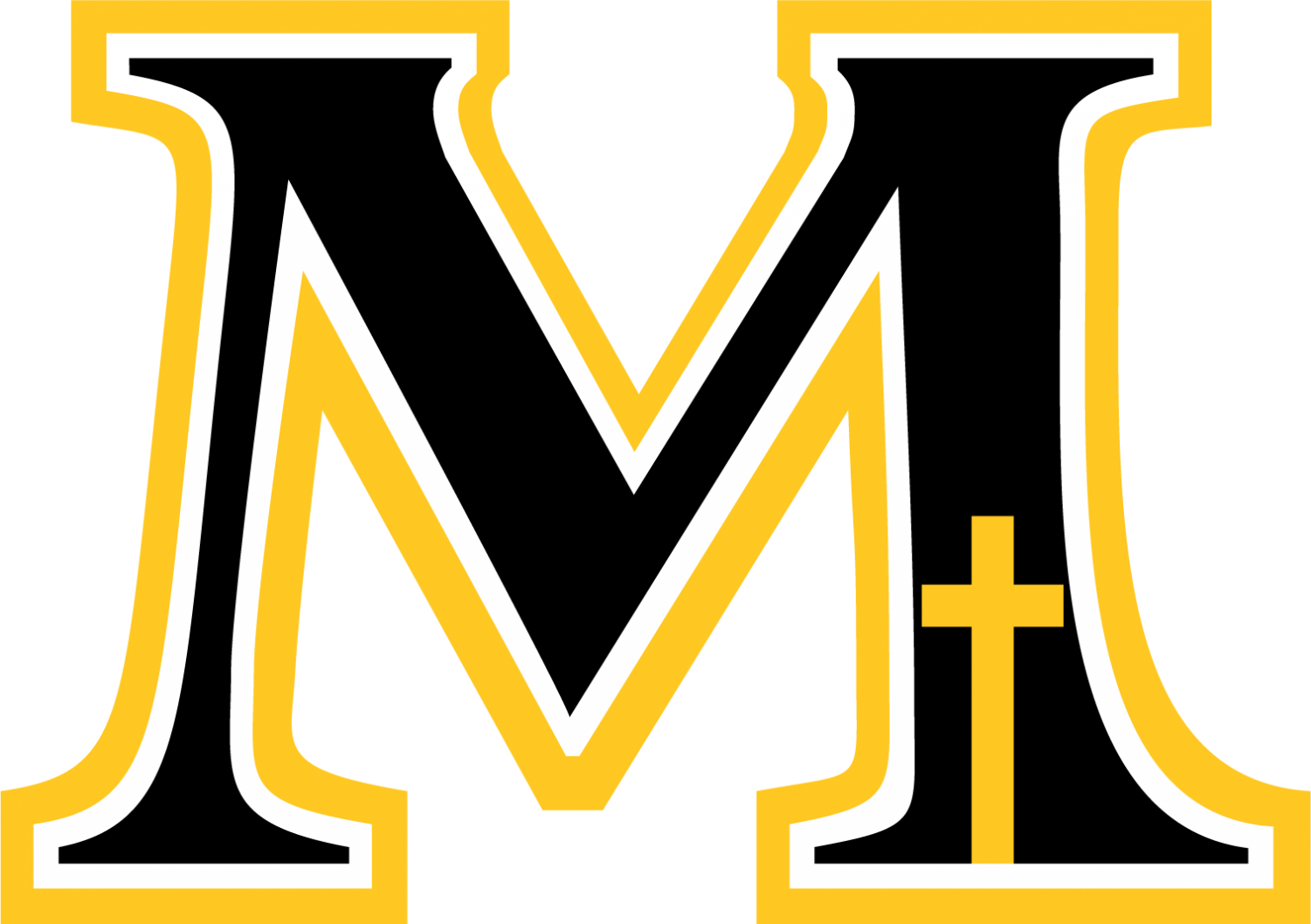
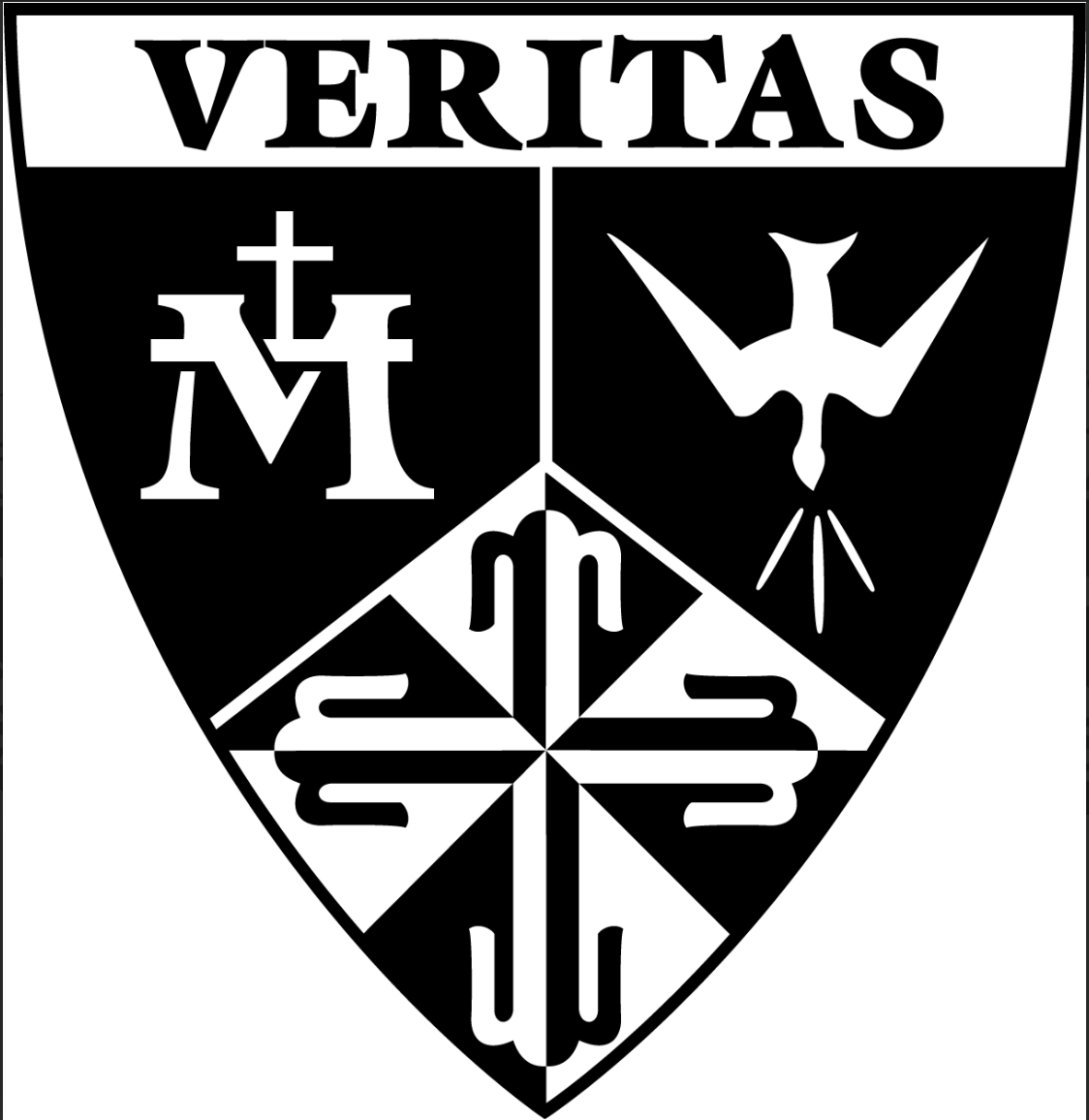
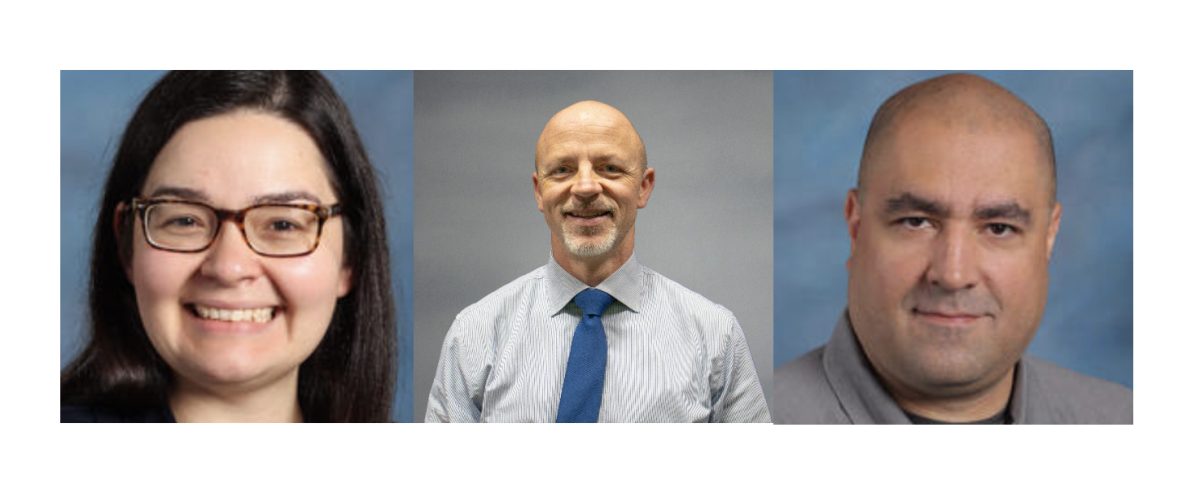
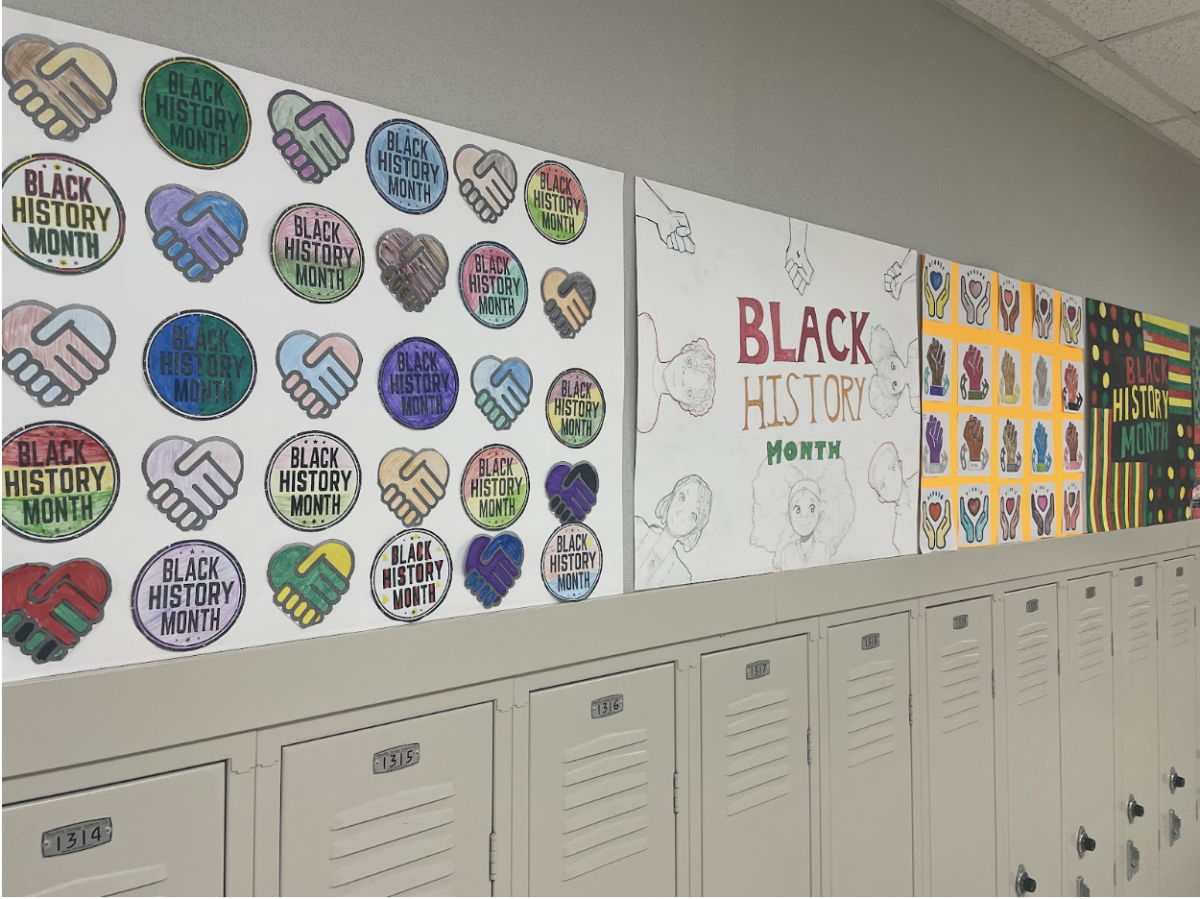
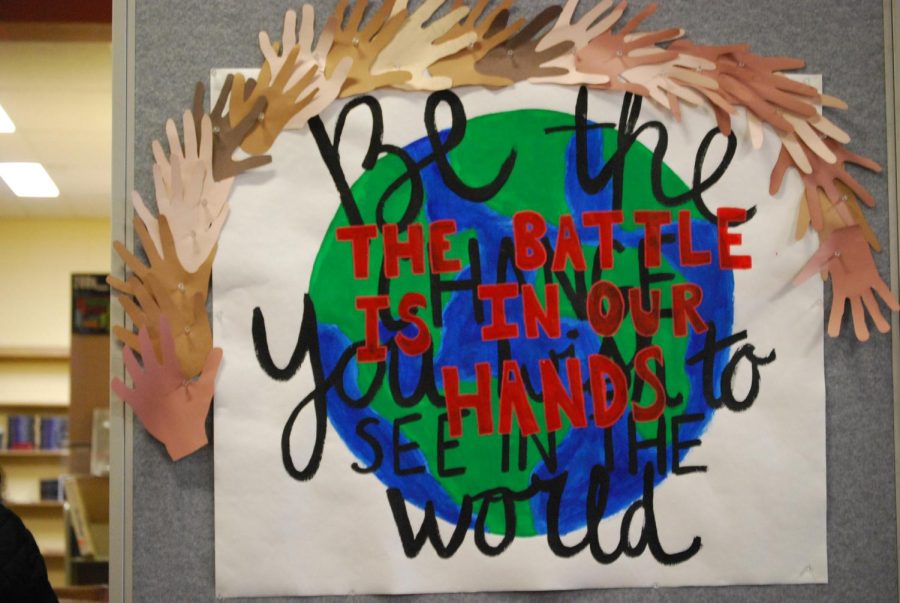
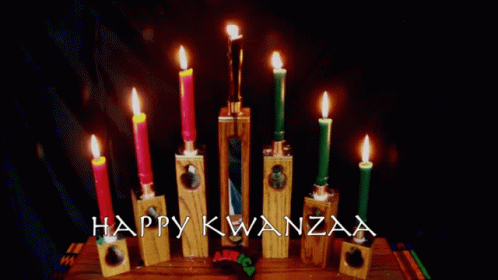
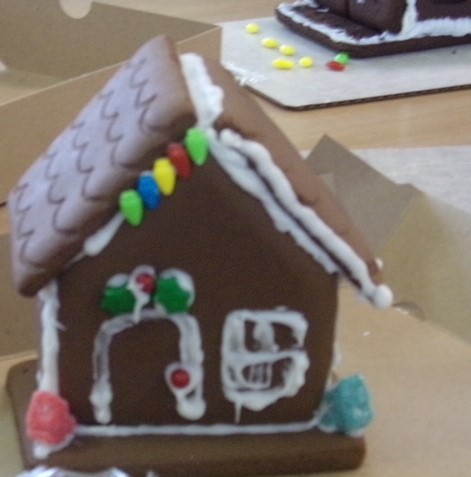
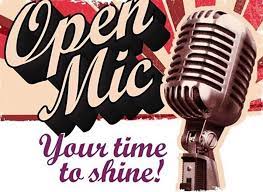
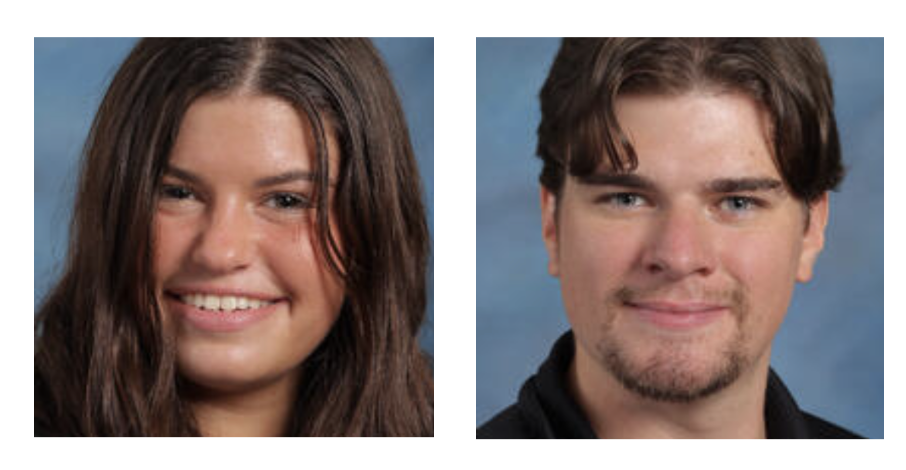
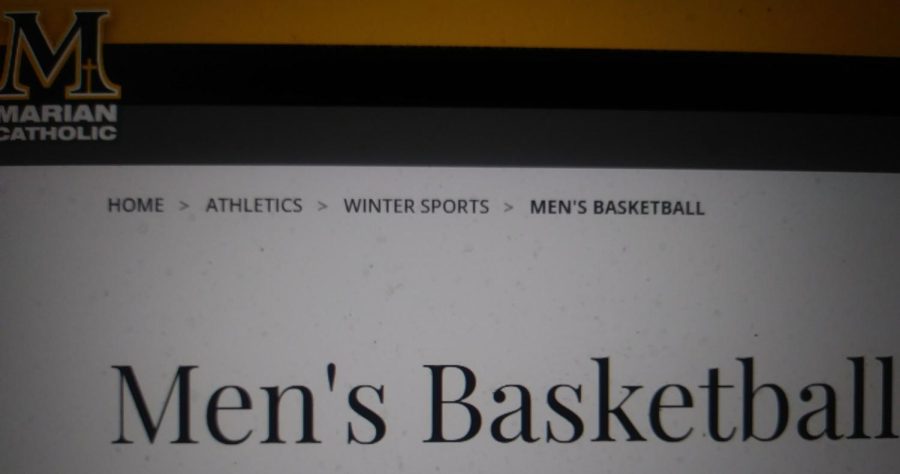
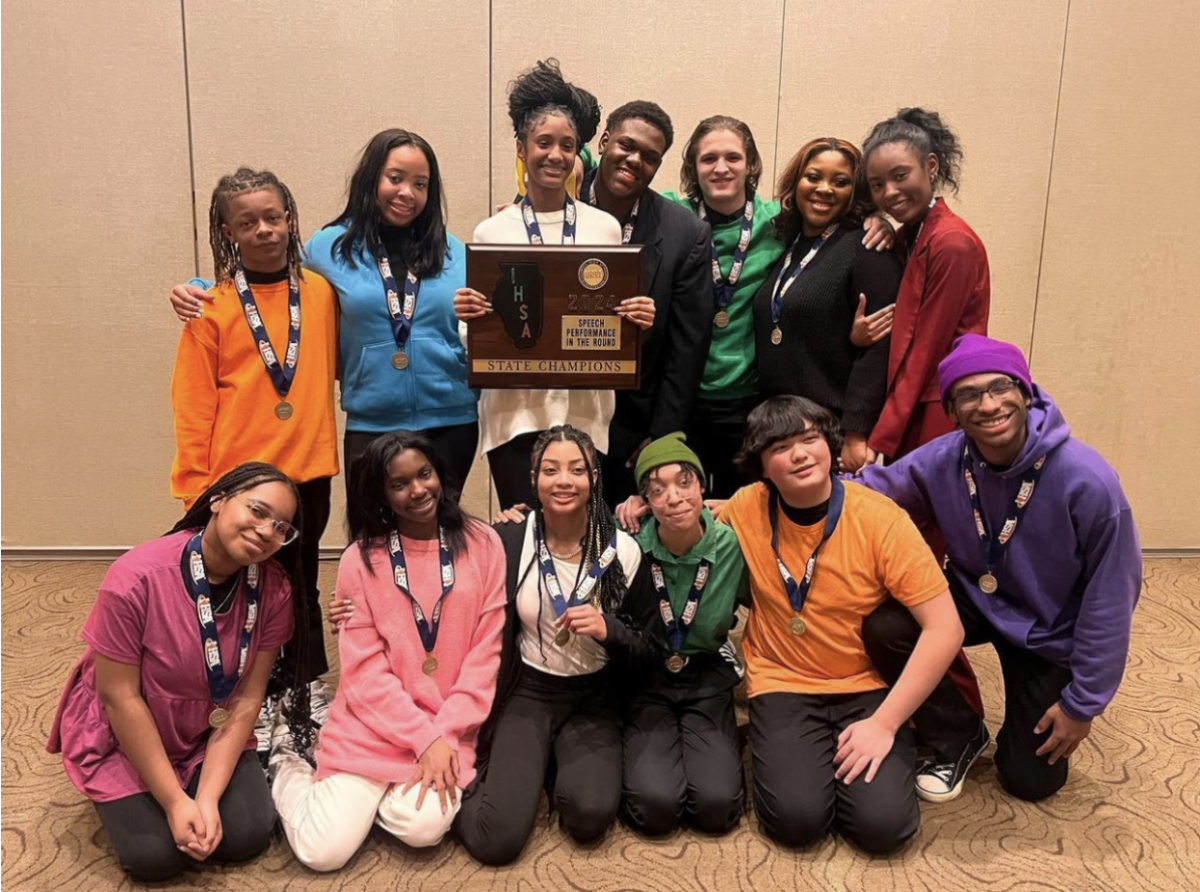

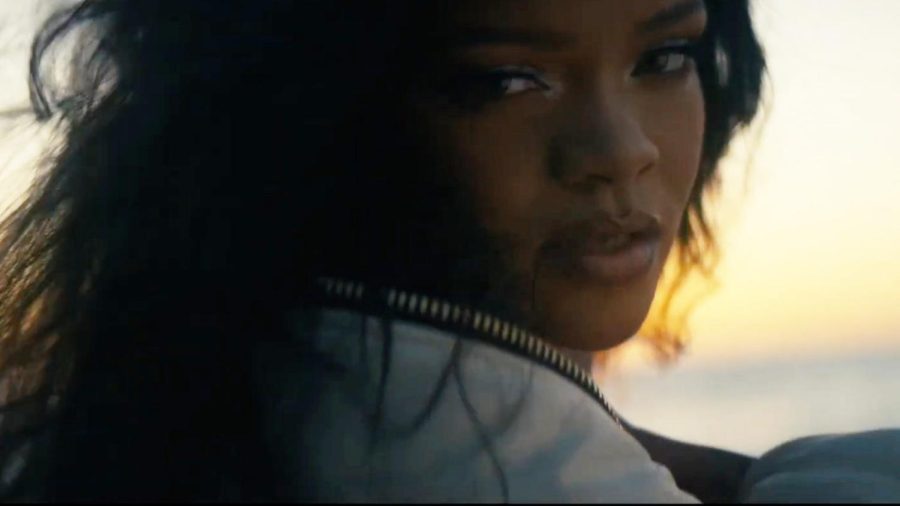
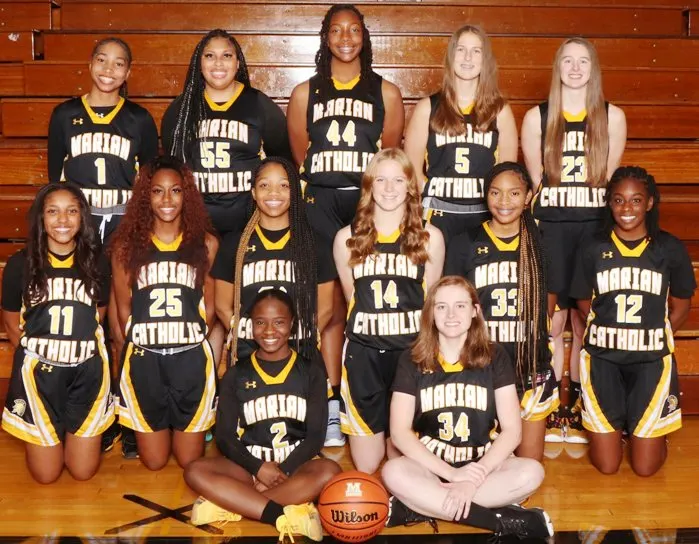
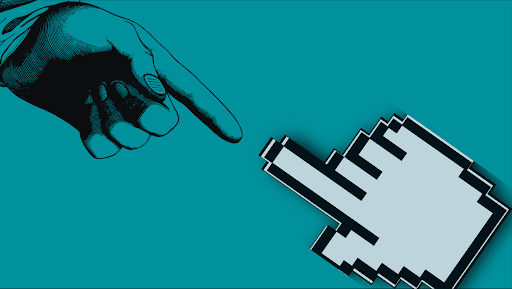

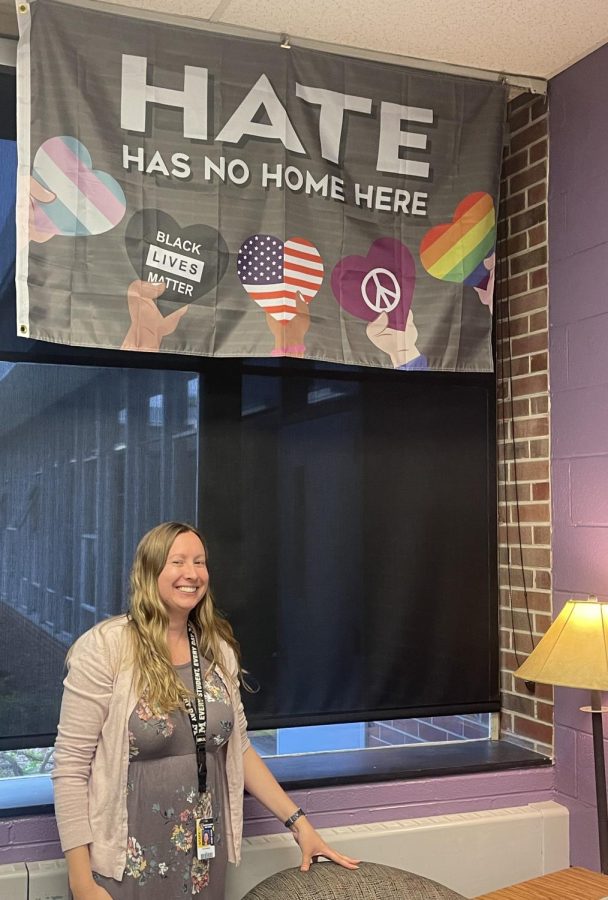
Kirstin Bowns • Oct 31, 2022 at 8:27 am
“If you are neutral in situations of injustice, you have chosen the side of the oppressor.“ – Desmund Tutu